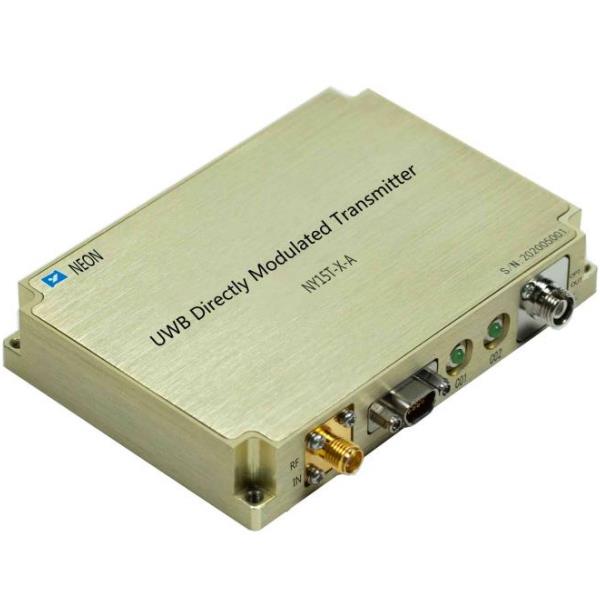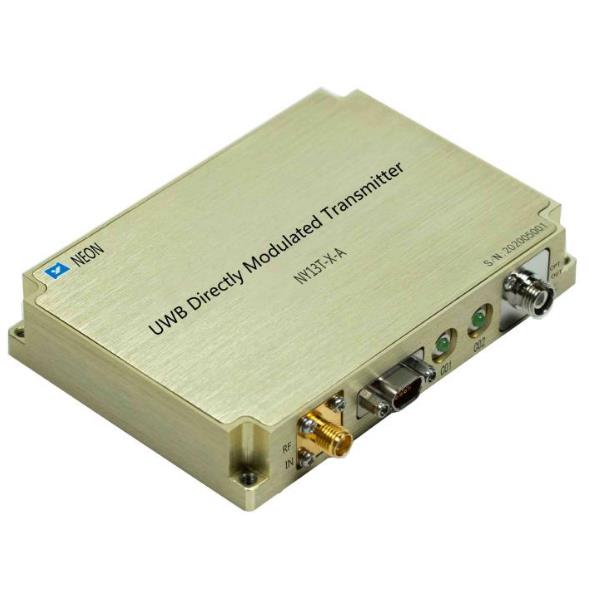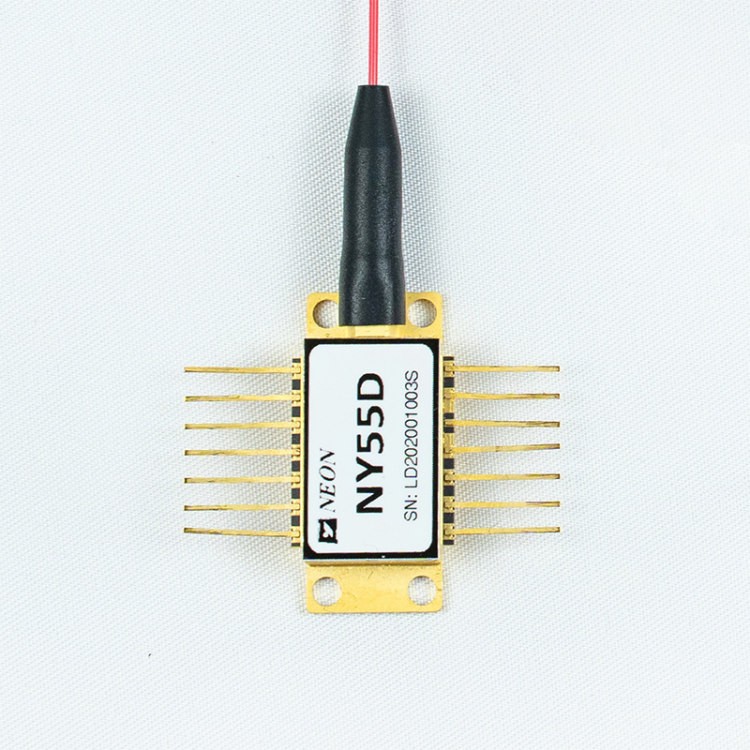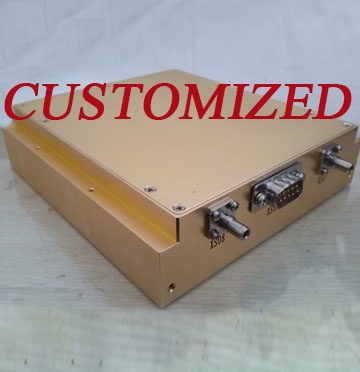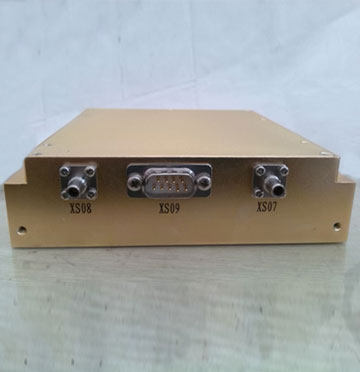DML Transmitters: Everything You Need to Know
In the realm of optical communications, transmitters play a pivotal role in converting electrical signals into optical signals, enabling the transmission of data over optical fiber networks. Among the various types of transmitters, directly modulated laser (DML) transmitters have emerged as a prominent choice due to their simplicity, cost-effectiveness, and high performance. This article delves into the intricacies of DML transmitters, exploring their fundamental principles, key components, and diverse applications.
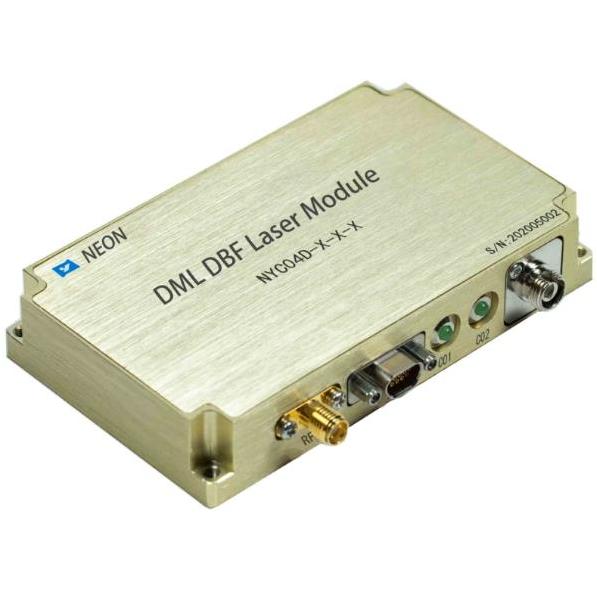
DML Laser: The Heart of the DML Transmitter
At the core of a DML transmitter lies the DML laser, a semiconductor laser that directly modulates its optical output in response to electrical current variations. This direct modulation mechanism distinguishes DML lasers from external modulator (EML) lasers, where the modulation occurs in a separate component.
The structure of a DML laser typically consists of a semiconductor p-n junction embedded within an optical waveguide. When an electrical current is applied to the p-n junction, electrons and holes recombine, releasing energy in the form of photons. The optical waveguide confines and guides these photons, amplifying them into a laser beam.
Modulation of the laser output is achieved by varying the current injected into the p-n junction. An increase in current leads to a higher carrier density, resulting in a stronger recombination rate and, consequently, a more intense laser output. Conversely, a decrease in current reduces the carrier density, diminishing the recombination rate and lowering the laser output power.
Key Characteristics of DML Lasers
DML lasers are characterized by several key parameters that influence their performance and suitability for various applications. These parameters include:
- Modulation bandwidth: The modulation bandwidth represents the range of frequencies over which the laser can effectively modulate its output. A higher modulation bandwidth indicates the ability to handle high-speed data transmission.
- Output power: The output power of a DML laser determines the maximum optical signal strength that can be transmitted. Higher output power is crucial for long-haul optical links.
- Noise performance: Noise, characterized by fluctuations in the laser output intensity, can degrade the quality of the transmitted signal. Minimizing noise is essential for maintaining signal integrity over long distances.
DFB Lasers: Enhancing DML Transmitter Performance
Distributed feedback (DFB) lasers represent a specialized type of DML laser that incorporates a grating structure within the laser cavity. This grating provides a feedback mechanism that stabilizes the laser’s output wavelength, reducing mode hopping and improving spectral purity.
Due to their enhanced spectral performance, DFB lasers are widely employed in DML transmitters for applications demanding high-speed data transmission and low dispersion. Their ability to maintain a stable wavelength over a wide range of operating conditions makes them well-suited for wavelength division multiplexing (WDM) systems.
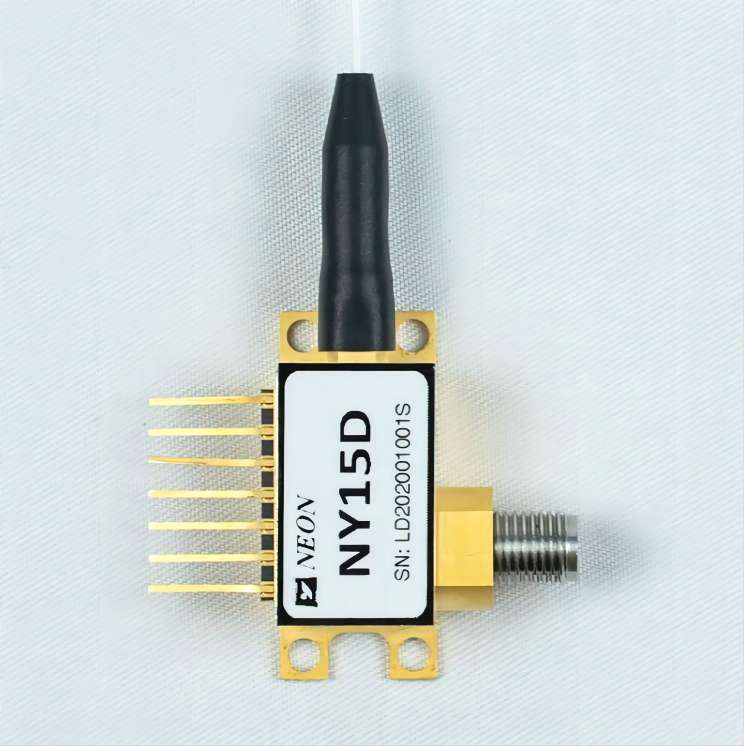
CWDM Wavelengths: Expanding Optical Communication Capacity
Coarse wavelength division multiplexing (CWDM) is a technique that utilizes a wide range of wavelengths within the optical spectrum to transmit multiple independent data streams over a single optical fiber. CWDM offers a cost-effective and scalable solution for expanding network capacity without the complexity and cost associated with dense wavelength division multiplexing (DWDM).
Standardized CWDM wavelengths are spaced at 20 GHz intervals, providing up to 16 channels within the optical band between 1260 nm and 1360 nm. These wavelengths are carefully selected to minimize crosstalk and ensure compatibility with existing optical fiber infrastructure.
Applications of DML Transmitters
DML transmitters have gained widespread adoption in a variety of optical communication applications, including:
- Short-reach optical networks: DML transmitters are well-suited for short-reach applications due to their low cost, compact size, and high data rate capabilities. They are commonly employed in data centers, enterprise networks, and access networks for broadband services.
- Data center interconnects: The increasing demand for high-bandwidth connectivity within data centers has driven the adoption of DML transmitters. Their ability to support high data rates and low latency makes them ideal for interconnecting servers and storage devices.
- Access networks for broadband services: DML transmitters play a crucial role in providing high-speed broadband access to homes and businesses. Their low cost and high performance make them a cost-effective solution for delivering fiber-to-the-home (FTTH) and fiber-to-the-premises (FTTP) services.

Conclusion
DML transmitters have emerged as a prominent choice in the field of optical communications, offering a compelling combination of simplicity, cost-effectiveness, and high performance. Their direct modulation mechanism, coupled with advancements in laser technology, has enabled them to support increasingly high data rates and long transmission distances.
As the demand for bandwidth continues to grow, DML transmitters are poised to play an even more significant role in shaping the future of optical networks. Their adaptability to various applications, from short-reach data links to long-haul optical transmission, makes them a versatile and cost-effective solution for expanding network capacity and enabling the delivery of high-speed data services to a wider range of users.


